Croatia
General Info
Official Language: Croatian, Latin alphabet, OC and voluteers speak English
Currency: Croatian kuna (1 euro= cca.7.6 kn)
Average temperature and expected weather during the EUC: max 20° – min 10°, sunny/rainy
International dialling prefix for Croatia: +385
Mobile bands: Vodafone, T-mobile, Tele2
Electricity and plugs: 220V, 50Hz, standard European 2 point plugs
Emergency numbers: general emergency number +385 112, police +385 191, ambulance +385 192, fire department +385 193, road help +385 1987
Working hours: Shops are open between 8 a.m. and 8 p.m.
Tap water: drinkable
Croatia is a Central European and Mediterranean country, bordering Slovenia in the west, Hungary in the north, Serbia in the east and Bosnia and Herzegovina in the south.; the country also has a long maritime border with Italy in the Adriatic Sea.
Croatia has an amazing 5,835 km of coastline, 4,057 km of which belongs to islands, cliffs and reefs. There are 1,185 islands in the Adriatic, but only about 50 are populated. The largest island is Krk (near Rijeka) which has a land area of 462 square km, whilst the country’s other well known islands include Hvar, Brac, Korcula and Pag.
The climate is Mediterranean along the Adriatic coast, meaning warm dry summers and mild winters, with 2,600 hours of sunlight on average yearly – it is one of the sunniest coastlines in Europe! The interior of the country has a continental climate with hot summers and cold, snowy winters.
Owing to its natural-geographical diversity, as well as its historical specificities, Croatia is today a country with the greatest number of protected cultural phenomena in Europe according to UNESCO. The natural assets of Croatia greatly impact the development of tourism, and social and cultural life, thus Croatia today represents one of the tourist super powers of the Mediterranean.
Welcome to Croatia!
For more information visit:
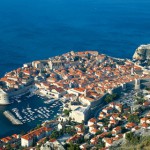
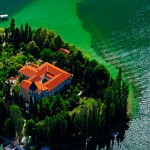




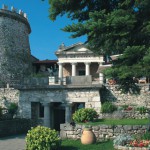
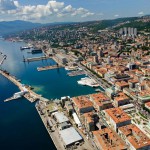
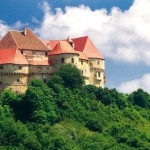
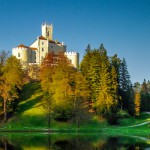
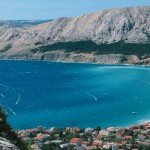
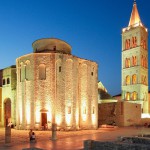
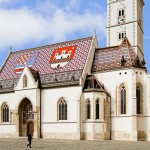
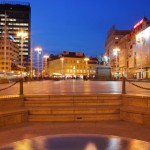
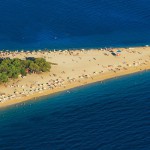
 Follow
Follow